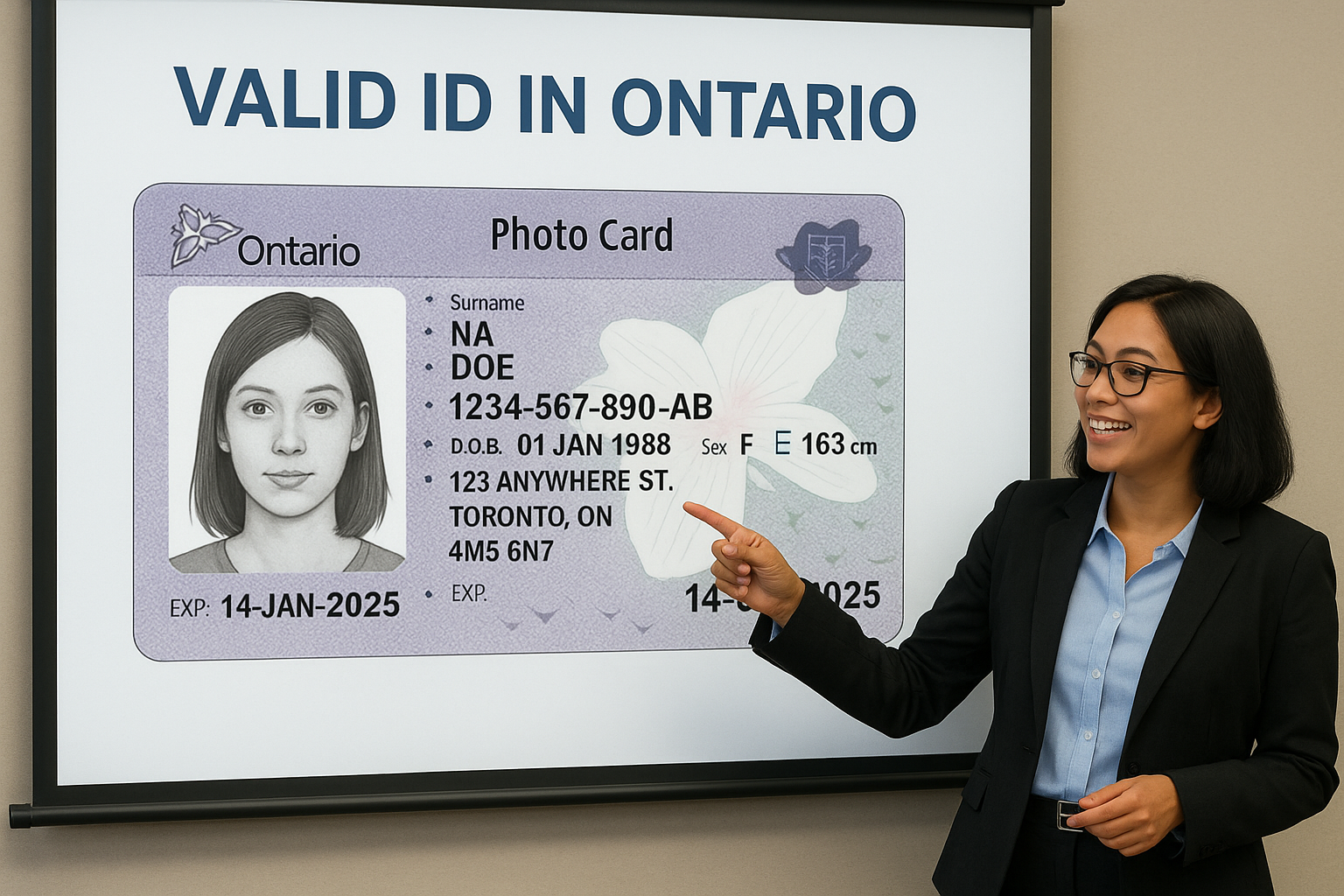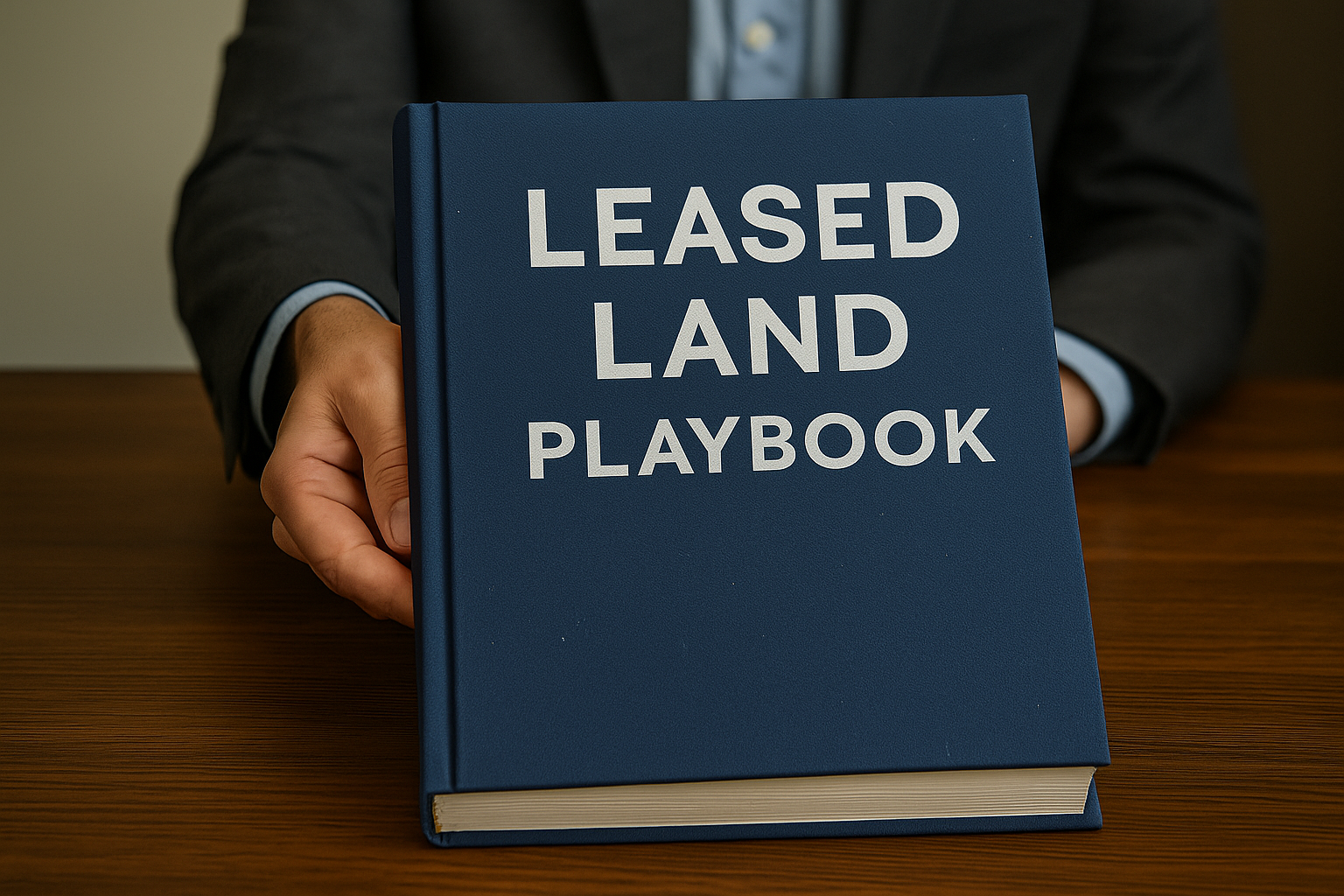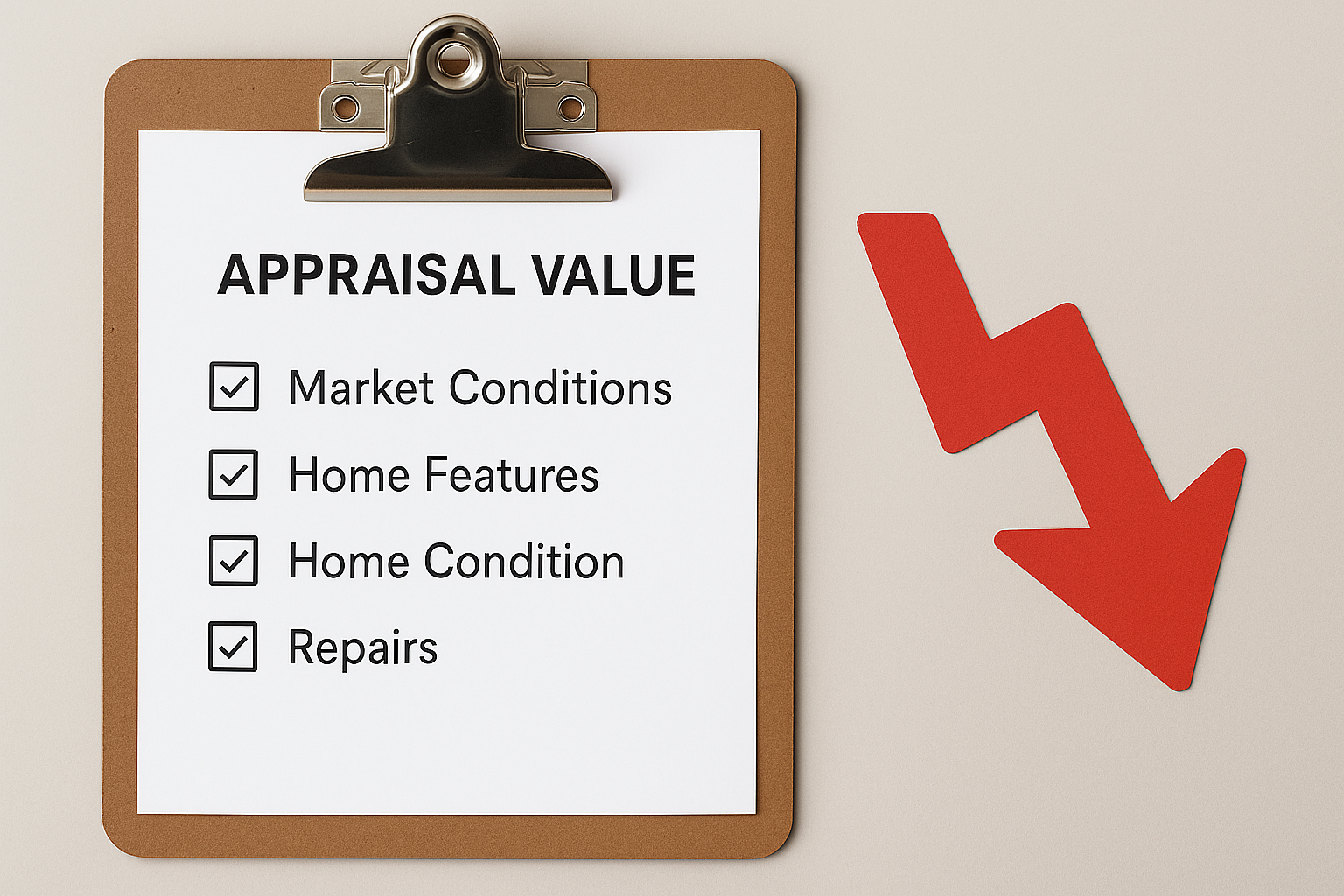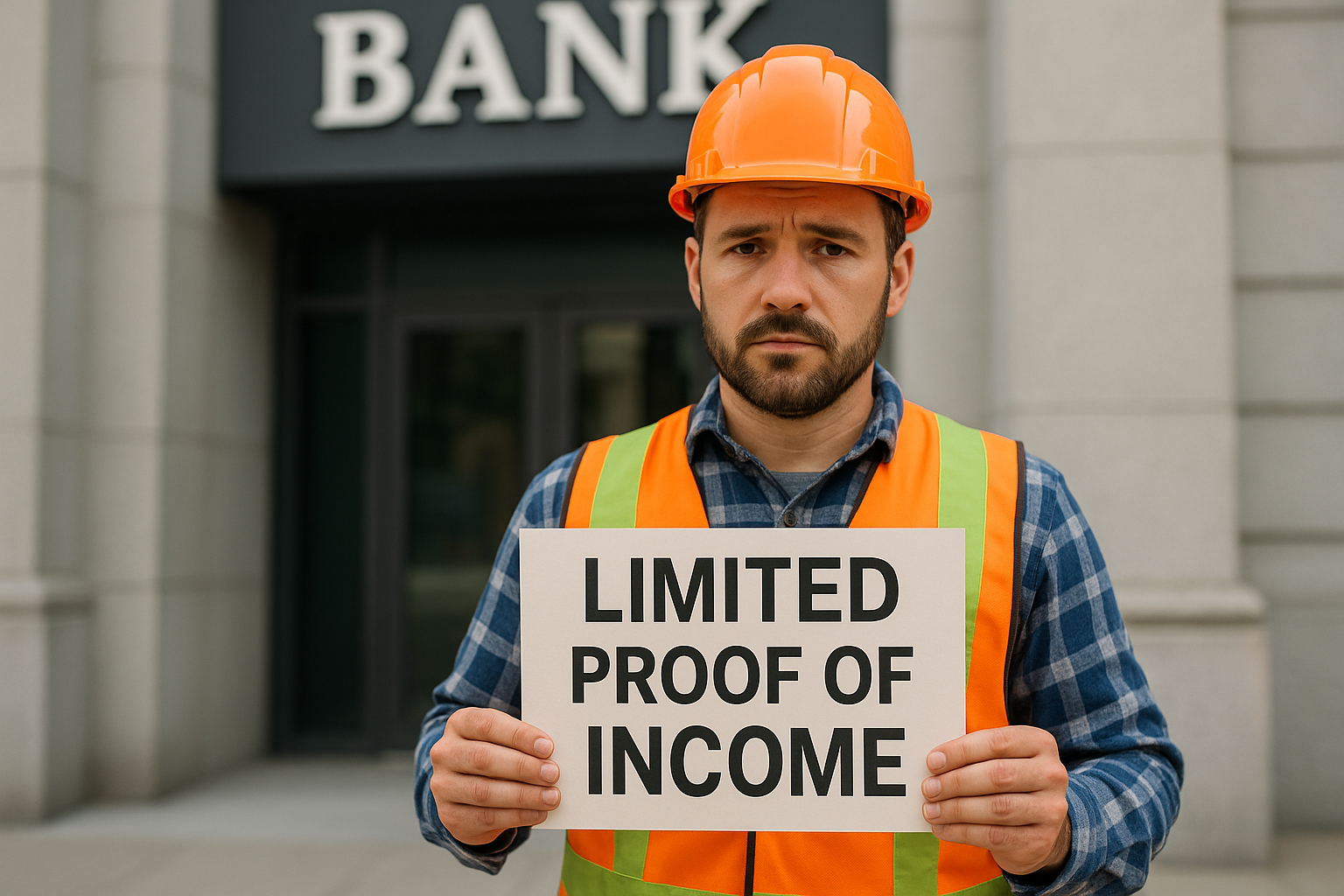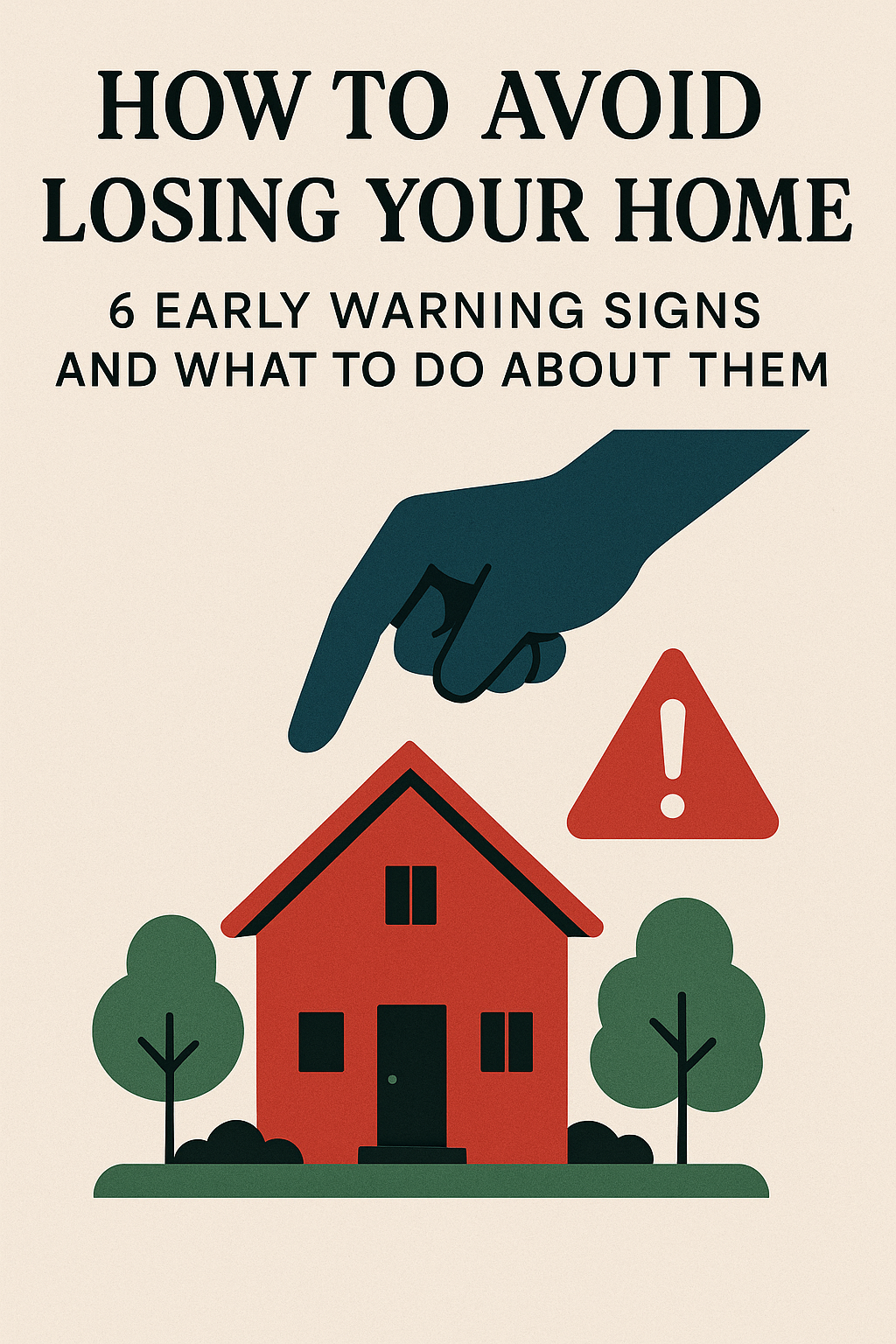Qualifying for self employed home loans in Ontario doesn’t follow the same rules as salaried employees. Whether you’re buying a home, refinancing your current mortgage, or consolidating debt, self-employed applicants are evaluated differently. This guide will help you understand the process, documents needed, and how LendToday works with Canadians across Ontario—including sole proprietors, incorporated business owners, and partnerships—to access flexible home loan options that work with their income structure.
Table of Contents
ToggleUnderstanding the Self Employed Mortgage Landscape in Ontario
Why It’s Different for the Self Employed
If you’re self employed, your income doesn’t come with a T4 slip or guaranteed salary. You might take a mix of dividends, draw an owner’s salary, or simply reinvest earnings into your business. That’s why lenders take a more in-depth look at your financials before approving a home loan.
Traditional banks often shy away from self-employed borrowers because of:
-
Income fluctuation year over year
-
Inability to verify income through standard documents
-
Write-offs reducing reported taxable income
How Lenders View Self Employed Borrowers
Lenders prefer to see stable, predictable income. That means they’ll often average your income over the last two years based on:
-
Your T1 Generals and Notice of Assessments
-
Business financial statements
-
Bank statement trends and consistency
Key takeaway: If your income has dropped or fluctuated, lenders may average it or choose the lower year, which can affect how much you qualify to borrow.
Common Barriers to Approval for the Self Employed
Many successful business owners in Ontario still get declined for home loans. Why?
-
Low net income: You may be making six figures, but if you write off everything for tax efficiency, your reported income might look low.
-
Unexplained deposits: Banks often flag irregular or cash-heavy deposits.
-
CRA debt: Outstanding taxes or late filings are red flags to lenders.
Important to note: Lenders want transparency. They understand fluctuations, but documentation is key to proving repayment ability.
Self Employed Borrower Challenges vs What Lenders Want to See
| Issue or Example | What the Lender Wants to Know | How to Satisfy Lender Requirements |
|---|---|---|
| Low reported net income due to high write-offs | Are you truly earning enough to make mortgage payments, despite your reported net income? | Provide gross income records, 6–12 months of bank statements, invoices/contracts, and a letter from your accountant to explain tax strategy. |
| Fluctuating income from year to year | Is your income stable or declining? Lenders want to see predictability or at least a justifiable dip. | Submit 2+ years of NOAs or T1 Generals. Include context for lower year (e.g., business reinvestment, illness). |
| Incorporated business pays via dividends | Is your income consistent, and is the company financially healthy enough to keep paying you? | Include T5 slips, corporate financial statements, and evidence of retained earnings or shareholder payouts. |
| Cash deposits without clear origin | Is the income verifiable, or could it be personal loans, gifts, or irregular sources? | Include invoices/contracts matching the deposit amounts and a short explanation letter with each deposit over $1,000. |
| Business and personal expenses mixed | Can we determine your actual living costs and business performance separately? | Open separate accounts. Provide business financials and a breakdown of monthly expenses. |
| Unpaid CRA taxes or outstanding GST/HST | Are you financially overextended or likely to face collections/legal action? | Provide a CRA payment plan, or proof of taxes paid. Clear up arrears before applying, if possible. |
| Business registered recently (<2 years) | Are you financially stable, or too new for a reliable income history? | If in same field as previous employment, show past T4s, industry experience, and current cash flow. May require alternative lenders. |
| Not currently drawing income from the business | Are you delaying income to avoid tax or not generating sufficient revenue? | Provide financial statements showing retained earnings, plus a letter from your accountant outlining planned future income. |
| One-time income spike (e.g., COVID grants, large client payment) | Was your income inflated by a non-repeatable event? Can it be relied on in future? | Remove or adjust the spike in your income average. Provide notes to explain anomalies and focus on consistent base income. |
Key Documents Needed Based on Business Structure
Self employed home loans require different documents depending on how your business is set up. Here’s a breakdown:
Sole Proprietor
-
2 years of T1 General tax returns
-
2 years of Notice of Assessment (NOA)
-
6–12 months of business bank statements
-
Copy of business registration
Incorporated Business Owner
-
Articles of Incorporation
-
2 years of accountant-prepared financial statements
-
T4 slips or dividend income documentation if you pay yourself
-
Proof of business ownership (e.g., share register)
Partnership
-
Legal partnership agreement
-
2 years of T1s or NOAs
-
Share of business income or distributions
-
Business bank statements
Checklist: What You’ll Need
-
2 years of tax returns
-
CRA Notices of Assessment
-
Business financial statements (if incorporated)
-
Proof of business ownership
-
Business license or registration
-
Bank statements (personal and business)
-
Government-issued ID
Key takeaway: Preparing your documents in advance helps speed up the mortgage approval process and increases your borrowing options. That said, it’s important to understand that the document checklist provided is a guideline, not a strict requirement. You may not need every single item on the list to get approved.
Every self-employed borrower’s situation is different. Some lenders may prioritize certain documents, like 6 months of bank statements, while others might rely more heavily on accountant-prepared financials, especially for incorporated applicants. If you’ve only been in business for a short period, you might be asked for industry experience or proof of steady income from a similar role. If your credit is strong and you have solid equity or a larger down payment, the lender may even waive some income documentation altogether.
What matters most is providing clear, consistent, and verifiable information that demonstrates your ability to repay the mortgage. Working with a mortgage broker helps ensure that your application is tailored to the lender’s expectations, maximizing your chances of approval even if a few items on the list are missing.
How to Qualify for a Self Employed Home Loan in Ontario
Step-by-Step Preparation
-
Gather Your Income Docs: NOAs, T1s, bank statements, financial statements.
-
Avoid CRA Debt: Pay off any arrears or set up a payment plan.
-
Organize Accounts: Keep personal and business accounts separate.
-
Clean Up Credit: Check your credit report for errors or unresolved collections.
Lender Preferences
-
Minimum of 2 years in business
-
Steady or growing income trend
-
Filed taxes on time for at least 2 years
-
No large unexplained deposits
Common mistake: Waiting until mortgage renewal or purchase time to gather documents—this can delay or jeopardize the approval.
Purchase vs Refinance – What to Expect
Buying a Home When Self Employed
-
Banks may require 20% down payment if you don’t meet full income verification.
-
Alternative lenders will often rely on business cash flow (bank statements) and your equity position going in.
-
Proof of consistent income is still important, even if using gross revenue.
Refinancing a Mortgage as a Business Owner
-
Often more flexible since you already have home equity.
-
Use gross business income or cash flow as part of your application.
-
May not require full CRA income documentation.
Comparison Table:
| Loan Type | Down Payment | Docs Needed | Lender Type |
|---|---|---|---|
| Home Purchase | 5–20%+ | Full income docs or bank statements | Bank, B-Lender |
| Refinance | Equity-based | Bank statements, NOAs, credit report | B-Lender, Private |
Important to note: Private mortgage lenders focus more on the equity in your home rather than income or credit.
When the Bank Says No – What Are Your Options?
If your bank declines your mortgage due to income or credit issues, don’t panic. You still have options:
-
B-Lenders: Accept bank statements which is more of a stated income
-
Private Lenders: Focus on equity and exit strategy, not income
-
Home Equity Loans: Use your existing home value to consolidate or refinance
Key takeaway: A rejection from a bank doesn’t mean you’re unqualified—it just means you need a lender that understands your financial reality.
Why Work With a Mortgage Broker Like LendToday
Brokers like LendToday specialize in helping self-employed homeowners who:
-
Are sole proprietors, incorporated, or in partnerships
-
Have been turned down by a bank
-
Have non-traditional income or credit challenges
Here’s what we do:
-
Review your full financial profile (not just your tax return)
-
Match you with lenders open to flexible qualification
-
Walk you through prep, paperwork, and lender negotiation
Common mistake: Trying to go directly to multiple lenders without understanding qualification criteria—it can hurt your credit score and delay your application.
Tips to Improve Your Mortgage Approval Odds
If you’re thinking about applying for a home loan in Ontario while self employed, here’s what you can do now:
-
File your taxes on time for at least 2 years
-
Avoid mixing personal and business accounts
-
Maintain good credit by making timely payments
-
Keep a record of business contracts or invoices
-
Work with a licensed mortgage broker early
Key takeaway: Preparation and organization are everything when applying for self employed home loans.
FAQ: Self Employed Home Loans in Ontario
Q: How long do I need to be self employed to qualify for a mortgage?
A: Most lenders want to see at least 2 years of consistent self-employed income. If you’ve been in business less than that, alternative lenders may still consider your application based on cash flow and credit history.
Q: Can I qualify if my reported income is low?
A: Yes. If you write off a lot of expenses, some lenders offer bank statement and stated income programs. They focus on your cash flow instead of your net income.
Q: What if I’m newly self employed but have strong business income?
A: Some lenders may consider one year of self-employment if you’re in the same industry as your previous job, especially with strong savings or a co-applicant.
Q: Do I need a higher down payment if I’m self employed?
A: If your income documents are strong, you may qualify with 5% down. If not, you may need 20% down or more.
Q: Will my business debts or CRA taxes affect approval?
A: Yes, they can. Outstanding CRA debts and high business debt ratios may reduce your borrowing power or disqualify you with some lenders.
Final Thoughts on Self Employed Home Loans in Ontario
Being self employed shouldn’t stop you from getting a mortgage or refinancing your home. While it may require a bit more paperwork and planning, there are options available to you—especially when you work with a broker who understands your business model and income flow.
At LendToday, we’ve helped countless Ontario-based business owners, freelancers, contractors, and incorporated professionals access flexible home loan solutions tailored to their needs. Whether you’re buying, refinancing, or consolidating debt, we’re here to help.
Qualify Now – Self Employed Home Loans
- Leased Land Mortgages in Ontario: How to Qualify and What to Expect - June 30, 2025
- Hard Money Mortgage Lending in Canada: A Homeowner’s Guide - June 9, 2025
- What is Home Equity and How Does It Work? Learn More 2025 - June 6, 2025

